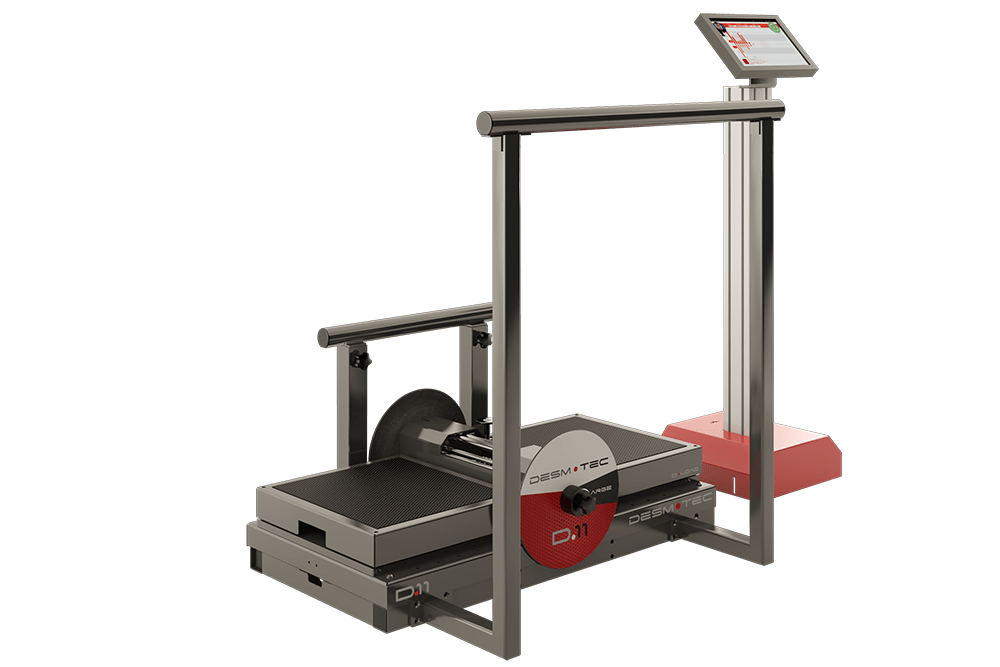Scientific feature that evaluate the PAP effects on pre-determined exercises, following eccentric overload.
It was published by Prof. Marco Beato, Desmotec Academy Member and Senior Lecturer in Strength & Conditioning at University of Suffolk, on the Journal PLoS ONE, Semptember 2019.
The aim of this study was to evaluate the post-activation potentiation (PAP) effects following eccentric overload (EOL) and traditional weightlifting (TW) exercise on standing long jump (SLJ), countermovement jump (CMJ), and 5 m sprint acceleration performance. DESMOTEC DEVICE D.FULL was used during the research process.
Desmotec D.FULL
ABSTRACT
The aim of this study was to evaluate the post-activation potentiation (PAP) effects following eccentric overload (EOL) and traditional weightlifting (TW) exercise on standing long jump (SLJ), countermovement jump (CMJ), and 5 m sprint acceleration performance. Ten male athletes were involved in a randomized, crossover study. The subjects performed 3 sets of 6 repetitions of EOL or TW half squat exercise followed by SLJ, CMJ, and 5 m sprint tests at 1 min, 3 min and 7 min, in separate sessions using a randomized order. Bayes factor (BF10) was reported to show the strength of the evidence. Differences were found using EOL for SLJ distance at 3 min (BF10 = 7.24, +8%), and 7 min (BF10 = 19.5, +7%), for CMJ at 3 min (BF10 = 3.25, +9%), and 7 min (BF10 = 4.12, +10.5%). Differences were found using TW exercise for SLJ at 3 min (BF10 = 3.88, +9%), and 7 min (BF10 = 12.4, +9%), CMJ at 3 min (BF10 = 7.42, +9.5%), and 7 min (BF10 = 12.4, +12%). No meaningful differences were found between EOL and TW exercises for SLJ (BF10 = 0.33), CMJ (BF10 = 0.27), and 5 m sprint (BF10 = 0.22). In conclusion, EOL and TW exercises acutely increase SLJ and CMJ, but not 5 m sprint performance. The PAP time window was found between 3 min and 7 min using both protocols. This study did not find differences between EOL and TW exercises, and so both methodologies can be used to stimulate a PAP response.

